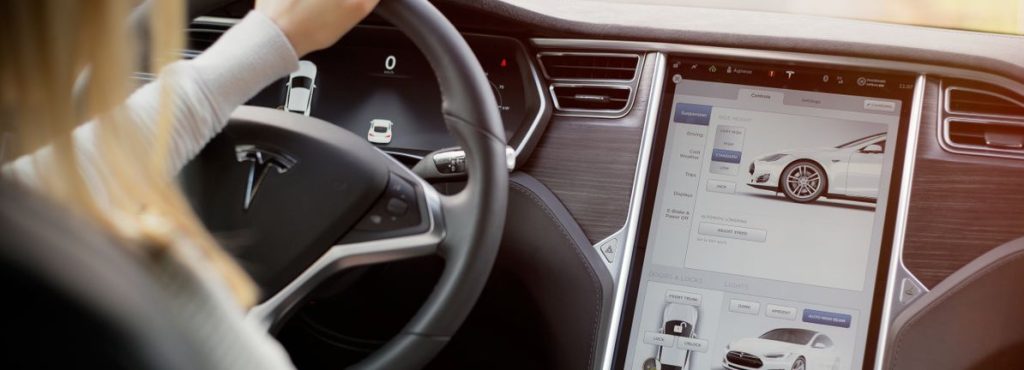In recent days, Tesla announced new AI and voice command partnerships with DeepSeek and ByteDance’s Doubao in China, plans to publicly launch its robotaxi service in Austin next month, and an application to become a power supplier in the U.K. amid rising competition and changing market dynamics.
By combining software innovation, energy expansion, and global collaborations, Tesla is seeking to diversify revenue streams and respond to pressure in key markets like China and the U.K.
We’ll assess how Tesla’s imminent robotaxi launch and AI-driven partnerships could influence its path toward higher-margin, recurring software revenues.
The latest GPUs need a type of rare earth metal called Neodymium and there are only 28 companies in the world exploring or producing it. Find the list for free.
At its core, being a Tesla shareholder means believing in the company’s ability to transform transportation and energy through software-led innovation and automation, even as short-term headwinds persist. While recent breakthroughs in AI partnerships and new voice command features in China signal Tesla’s ambition to regain ground internationally, the most important near-term catalyst remains the successful rollout and monetization of robotaxi services. Regulatory delays and safety investigations still pose the biggest risk, and recent developments have not materially reduced that risk.
Tesla’s announcement to launch its robotaxi service to the public in Austin next month is especially relevant, as its success or setbacks will directly affect the company’s transition toward higher-margin, software-driven recurring revenues. Investors are likely to keep a close eye on regulatory approvals and any technology or safety issues as the rollout approaches, given both the commercial opportunity and the potential for margin pressure.
By contrast, investors should consider the full impact of ongoing global regulatory hurdles for Tesla’s autonomy ambitions…
Read the full narrative on Tesla (it’s free!)
Tesla’s outlook anticipates $148.1 billion in revenue and $15.4 billion in earnings by 2028. This requires 16.9% annual revenue growth and a $9.5 billion increase in earnings from the current $5.9 billion.
Uncover how Tesla’s forecasts yield a $306.32 fair value, a 10% downside to its current price.
With 228 fair value estimates from the Simply Wall St Community spanning US$67 to US$2,707 per share, investor opinions are sharply divided. Many are watching closely to see if Tesla can overcome regulatory barriers to unlock high-margin software revenues that could reshape its business profile.
Story Continues

